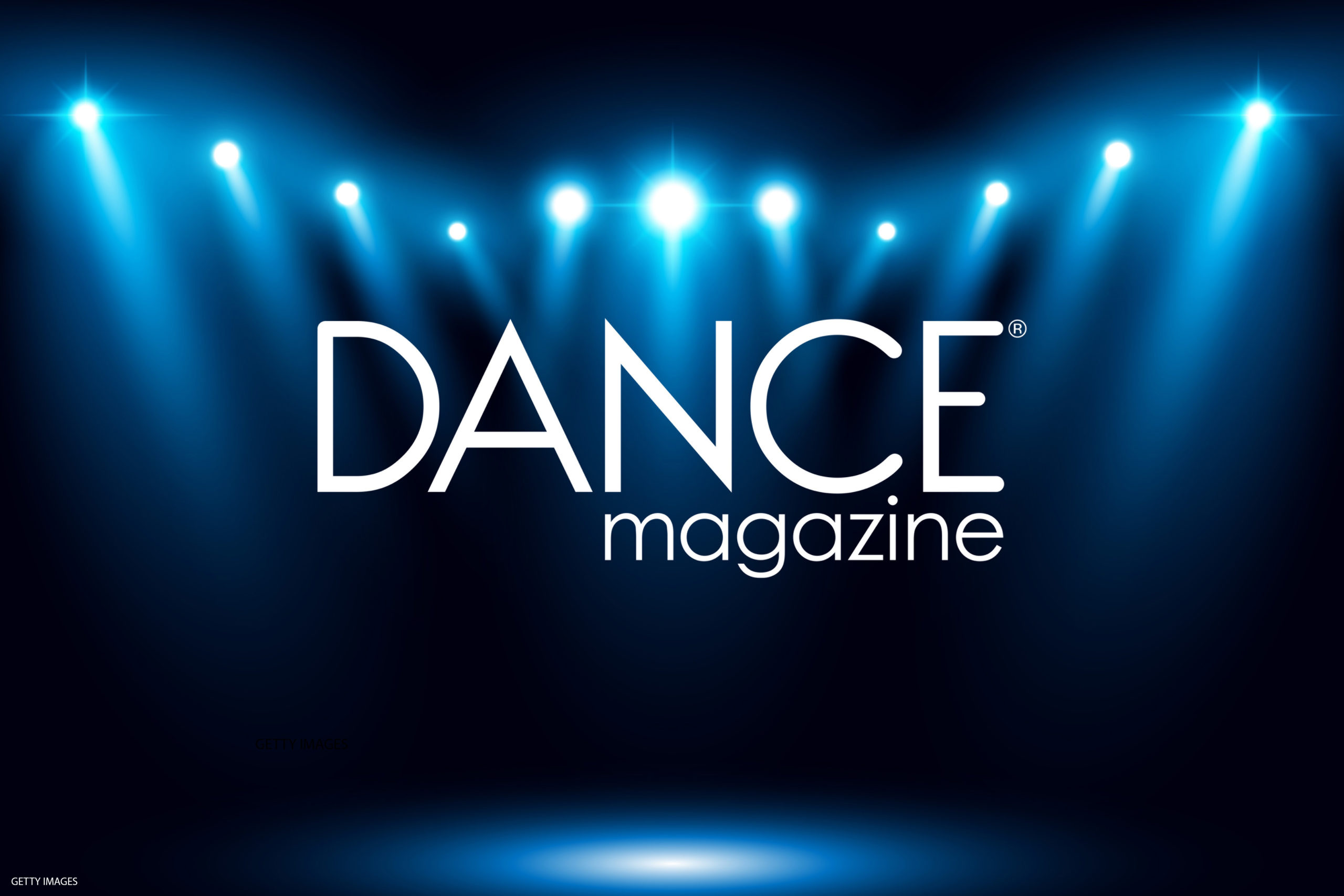National Ballet of Canada: Ratmansky's "Romeo and Juliet"
Four Seasons Centre for the Performing Arts
Toronto, Canada
November 16–27, 2011
Performances reviewed: Nov. 26, matinee & evening
If you go to this new Romeo and Juliet expecting to see your favorite moments, like The First Kiss, or Lady Capulet going crazy over Tybalt’s death, you won’t find them. There’s no big swooping cape for Romeo, and no skimming down the balcony stairs for Juliet. Instead Ratmansky spreads the drama throughout the ballet, spinning an even more epic tale than usual. In his eyes—and in his dance-making hands—the ballet is not only about the love-struck teenagers, but also about the long lasting, less-than-ideal, fraught-but-forgiving love between Lady and Lord Capulet.
Ratmansky gives each character a through line. From our first sighting of Romeo, he’s a dreamer. With his head in a book, he’s inspired by what he reads there (presumably love poems). As he looks up from its pages, you know he’s thinking lofty thoughts.
The Friar has a story too. At first he does not want to marry the two lovebirds from feuding families—he gestures with knuckles against knuckles. But then his fists soften, and he shows how he thinks the warring factions could be healed through this union. He also has more interaction with both Romeo and Juliet, and in the final scene, he beats his chest for his part in the tragedy.
The greatest difference in the plot is that in the crypt scene, Romeo gulps down some poison when he sees the lifeless Juliet in the morgue. She awakens just in time to see the life draining out of him. As she regains her strength, he loses his. It’s quite powerful.
Ratmansky’s sure choreographic touch comes through in myriad ways. At the ball, after Romeo and Juliet have met, Paris lifts her because after all, he’s her official date. At the same time, Mercutio and Benvolio lift Romeo, so the two soon-to-be lovers float along side by side in the air. A surprising, magical moment.
Another nice touch is that in the balcony pas de deux, wedged into the sweeping and swooning lifts, Ratmansky includes some unison glides and port de bras. Those steps suggest that the two are heading in the same direction; they’re on the same wave length.
For me, one of the choreographic weakness came during the Capulet-led dance at the ball. In the MacMillan and Cranko versions, the family, drenched in the trappings of their own power, step downstage in a flank to the hauntingly heavy music. The ballroom becomes a fortress of old money; the purpose of the dance is to consolidate power in the family. But Ratmansky has choreographed a mock sword fight to this magnificent music instead. (I’m told that Prokofiev’s score calls this scene the “dance of the knights.”) It has become a more obvious display of power, an ode to the sword, instead of the insidious, violence-just-under-the-surface feeling of the older versions. Ratmansky’s diagonal swordplay looked light, flimsy compared to the menacing quality of the music.
Another iffy spot was in the Friar’s cell. Traditionally the simplicity of this setting serves as a moral oasis, set off from profane society. But Ratmansky has the two lovers reprising a bit of their pas de deux, crowding the friar’s small room with dance steps.
The sets by Richard Hudson neither take us back to the Renaissance nor force us into the present day (like Peter Martins’ version with its in-your-face-modern designs by Per Kirkeby). Some of Hudson’s costumes are slightly cartoonish—different colored legs for the village guys, big jumpers for the girls. They are based on 15th-century frescoes, but they looked just a tad too Oklahoma! to me. Jennifer Tipton’s sensitive lighting turned the sky blood red after the killings of Mercutio and Tybalt.
The first cast was so good, and the story so well told, that my knees were shaking after the matinee. Guillaume Côté was a romantic, dreamy Romeo, and Elena Lobsanova an innocent, lovely, vulnerable Juliet. Côté’s chest would swell in his solos, and the two seemed to breathe together as they soared and melted in the balcony pas de deux. In the last scene Lobsanova joyously took Côté by the hand to run out of the crypt—but then he suddenly staggered to the ground. It caught at your heart.
Greta Hodgkinson, who was second cast as Juliet, is a sharper, more authoritative dancer than Lobsanova. Always clear and full out, she seemed more worried than hopelessly in love. And when she stabbed herself, she did not exactly plunge the knife into her heart. Rather it was a cautious act. But earlier, when she was forced to dance with Paris, her eyes burned bright with resentment, making me want to see her mad scene in Giselle. Her Romeo, Aleksandar Antonijevic, was fine but a bit bland.
In this version the feverish desire of the young lovers is contrasted to the distant feeling between Juliet’s parents. The older couple’s relationship is poisoned by patriarchy and frozen by formality, but a deep patience toward each other has made their life together possible. Lord Capulet tries to soothe her as she grieves for Tybalt—which could not have been a fun thing for him to witness. At the end, over the grim discovery of Romeo and Juliet dead in each other’s arms, Lord Capulet kneels to ask for his Lady’s forgiveness. He takes the blame and she has the power to forgive. As the lights dim, she lays a hand on his bowed head. It’s as good as anything Romeo read in that little book of love poems.
Photos by Bruce Zinger, courtesy NBC. Guillaume Côté as Romeo, Elena Lobsanova as Juliet, Etienne Lavigne as Lord Capulet, and Joanna Ivey as Lady Capulet in Alexei Ratmansky’s
Romeo and Juliet.




